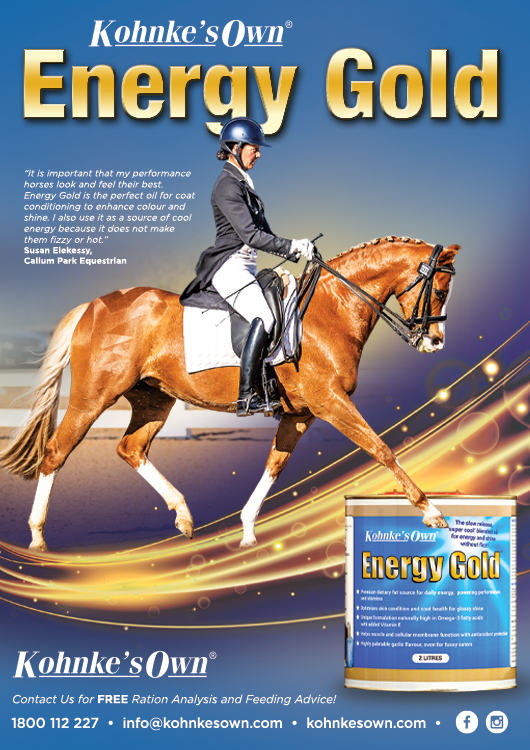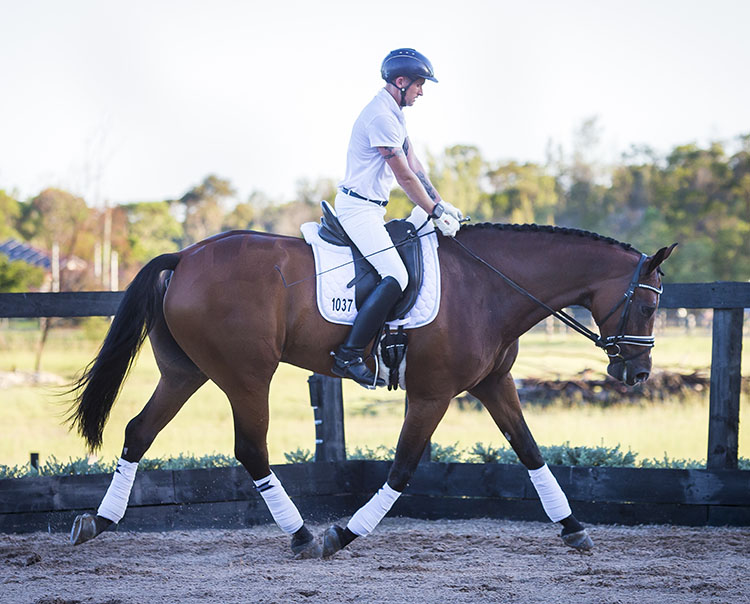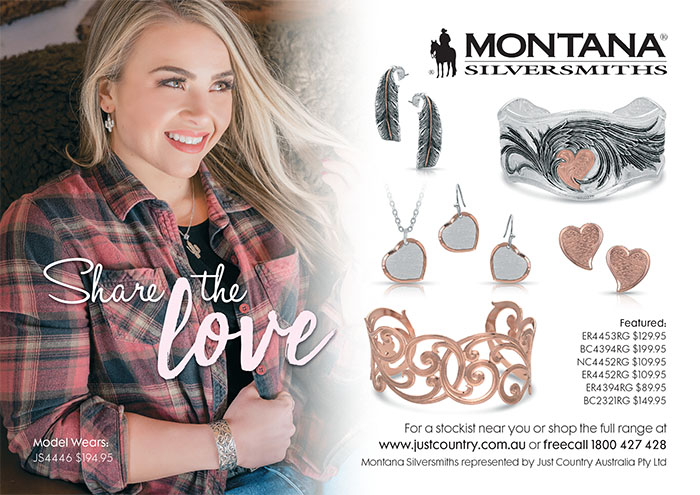German dressage trainer Stefan Wolff worked for many years with Klaus Balkenhol, and like him, he’s a stickler for the training scale.
At this lecture / demo, Stefan’s aim was to clarify a few terms in riding theory. His first focus was on throughness. To help him explain was Brett Peel on Geordie Boy. Stefan began, “Rhythm, suppleness, contact, straightness, impulsion and collection should all be present at some level all the time. In training, horses usually have one or two strengths, for example, rhythm and balance, but they might tighten up. With a horse like that, we would try and find a way to get safe suppleness, and it has to be good enough to stay secure at shows.”
What did he like about the horse in front of him?
“He has a good clear rhythm in the trot. He is fairly supple. How do we decide he is supple? One of the most important points for me, is that the back moves. Right behind the saddle it needs to move. This horse has a very distinctive motion. It swings up and down. Look from behind, the croup is tilting sideways. The leg that is on the ground, that part of the lumbar is higher. From this you can see you’ve done a good job. The tail is overall fairly quiet. Consistent swishing is a sign of tension and discomfort.” Along with that came a warning against flash trots where the back doesn’t move. “You will soon get a horse with a sore back.”
story continues below the advertisement

Back to Geordie Boy, “The horse has the intention to stretch. He’s not avoiding the bit. The rider can shorten the rein or lengthen it and the horse is always seeking the bit. There is room for improvement in this horse. When it stretches, there is a small hesitation. In a perfect world this wouldn’t happen.” Stefan continued, “In training, sometimes we see riding on a long rein, the horse is stretching, but there is no contact. If you look at other sports, other athletes, it’s an active stretch. There has to be a point of resistance. Athletes don’t just hang their arms down to stretch them. So, the horse must have contact with the bit.”

Stretching to the bit…
The pair had been working on collection over the past three days, so it was decided the theme would continue. Before they began, Stefan brought up the importance of the diagonal aid: inside leg to outside hand and refraining from riding off the inside rein. He had mentioned this numerous times to all riders throughout the clinic, and it’s an important point worth returning to frequently to keep ourselves honest.
Then Brett put the young horse together a little more in sitting trot and Stefan remarked, “This is very good. He didn’t just pick up the reins, therefore the back of the horse kept working. The nice thing here is when the rein gets shorter, the horse elevates the front end, and the hind legs are swinging more under. It guarantees that when we put the horse in a shorter frame, the back stays free. We don’t lose the expression. There is confidence. The horse stretches all the way into the hand and gets a better balance.”
Story continues below the advertisement
The half halt was then examined. Stefan instructed Brett, “Light hand. Don’t collect too much. You just want him to react to the leg and stretch to the hand,” and to the audience, “Collection does not mean to slow down. The half halt is the only way to collect the horse. The rider should not think slow, but instead more swing. The horse gets a little bit shorter, but only because the rider drives more, and that causes the horse to come from behind. This is riding from behind. I think it’s important to think about it and improve the rider’s aid, because it affects the comfort of the horse. This horse here, he doesn’t feel pressure, doesn’t feel tight. Ok, we can talk about improvement in him, but it’s five years old!”
“When you are at the peak of the half halt, the hand has to move forward. If he is pressed into the hand, the horse is tight and the rein will go loose.”
Stefan then asked for a lengthened trot to test the half halt before stretching. “Look, now the work has meant he stretches better. He’s more confident in the stretch. This has been a little bit of a weak spot in this horse, so now you see how it improves.”
Want to read the whole article? It’s here

